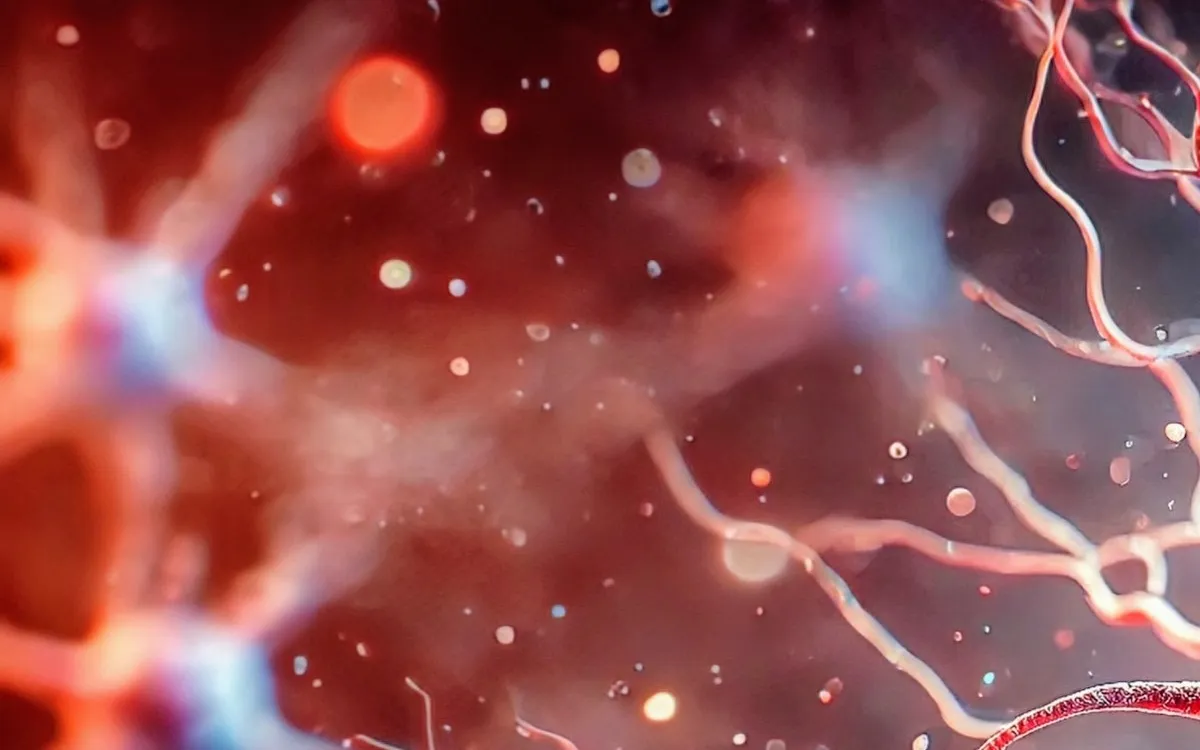
Microplastics in the environment have emerged as a significant concern, capturing global attention and prompting extensive research. Recent studies have unveiled a disturbing revelation: microplastics are infiltrating the human body, particularly the brain. As scientists continue to explore the implications of plastic particles accumulating within our systems, they are investigating both their potential impacts on health and strategies to minimize exposure.
A recent study published in the journal Nature Medicine indicates that our brains may harbor approximately a spoonful of these tiny plastic fragments, which raises significant health concerns. The research focused on the brains of deceased individuals diagnosed with dementia, revealing that their levels of microplastics were 3 to 5 times higher than those of healthy individuals. This alarming statistic has led researchers from the University of Ottawa and the University of Toronto to compile a review of current knowledge on the accumulation of micro and nanoplastics (MNPs) in humans.
The analysis conducted by these researchers highlighted that microplastics are pervasive in the water we consume, the food we eat, and the air we breathe. Dr. Nicholas Fabiano, from the University of Ottawa’s Department of Psychiatry, noted, “The dramatic increase in brain microplastic concentrations over just eight years, from 2016 to 2024, is particularly alarming. This rise mirrors the exponential increase we’re seeing in environmental microplastic levels.” Furthermore, the study found that concentrations of MNPs were 7 to 30 times higher in brain tissue compared to other vital organs like the liver or kidneys, suggesting that our brains are particularly susceptible to these minuscule plastic particles.
Most of the microplastics identified are less than 200 nanometers in length and predominantly composed of polyethylene. These tiny invaders have been discovered in the cerebrovascular walls and immune cells within the brain. Their small size allows them to cross the blood-brain barrier, leading scientists to speculate about their potential role in neurological conditions. Currently, it remains unclear whether high levels of MNPs in dementia patients result from their neurological condition or whether these particles contribute to the development of dementia. Future studies are anticipated to explore this complex relationship in greater depth.
Beyond the risks posed by microplastics, the research also underscores practical measures individuals can take to mitigate their exposure. For instance, opting for filtered tap water over bottled water could dramatically reduce microplastic intake, from approximately 90,000 particles per year to just 4,000. Dr. Brandon Luu emphasizes this point, stating, “Bottled water alone can expose people to nearly as many microplastic particles annually as all ingested and inhaled sources combined. Switching to tap water could reduce this exposure by almost 90%, making it one of the simplest ways to cut down on microplastic intake.”
Other significant sources of MNPs include plastic seals in tea bags, which can release millions of tiny particles during a single brewing session. Additionally, heating food in plastic containers, particularly in the microwave, can release considerable amounts of microplastics. Dr. Luu advises avoiding plastic food storage and opting for glass or stainless steel alternatives, as these small changes can meaningfully limit exposure.
The research team has also discussed potential pathways for eliminating microplastics from the body. For example, sweating may assist in removing certain plastic-derived compounds. However, researchers caution that more studies are necessary to fully understand these mechanisms. “We need more research to wrap our heads around microplastics – rather than wrapping our brains in them – since this could be one of the biggest environmental storms most people never saw coming,” remarked Dr. David Puder. The commentary highlights the urgent need for prioritizing research, establishing clear exposure limits, and evaluating the long-term health repercussions associated with microplastic bioaccumulation.
As investigations into microplastic accumulation in the human brain continue, there is growing concern regarding their potential impact on neurological health. The presence of these particles in cerebrovascular walls and immune cells in the brain raises the possibility that they may contribute to inflammation, oxidative stress, and neurodegenerative diseases. Chronic inflammation in the brain has been linked to conditions such as Alzheimer’s disease, Parkinson’s disease, and other cognitive impairments. The higher concentrations of microplastics found in individuals with dementia further fuel concerns about their role in accelerating neuroinflammation and cognitive decline.
Understanding how these particles interact with brain cells, disrupt neural pathways, and influence cognitive decline is crucial for assessing long-term health risks associated with microplastics. The full review article detailing these findings was published in the journal Brain Medicine.
Like what you read? Subscribe to our newsletter for engaging articles, exclusive content, and the latest updates. You can also check us out on EarthSnap, a free app brought to you by Eric Ralls and Earth.com.